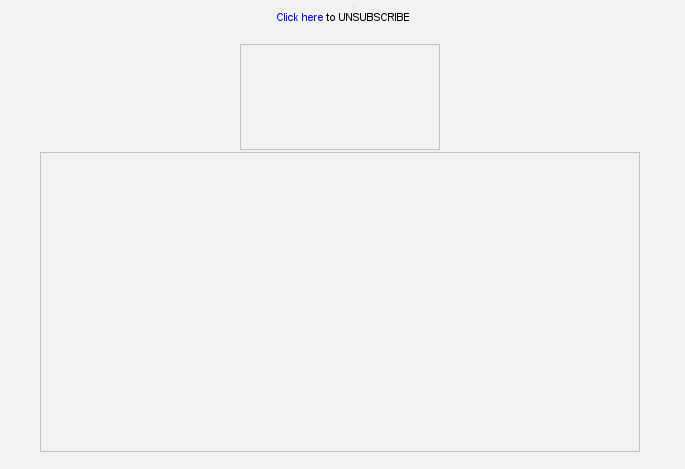A B C D E H G L O R S
A
Automation: With automation, a sequence of predefined emails can be sent in response to an action performed by your contacts.
B
Bounce: A message that doesn’t get delivered promptly, for reasons such as the email address being incorrect or no longer exists, the recipient’s mailbox is full, the mail server is down, or the system detects spam or offensive content.
Bounce rate (also return rate): Total number of bounces divided by the number of emails sent.
C
Call to action: Typically a button (image) or text that links to a specific action – visiting a page on a website, downloading a document or filling out a survey. Alternatively, it can be a set of instructions given to customers in order to accomplish the desired outcome (Example: “Call for more information”).
Campaign: A campaign is an email message sent to a group of people (a contact list). Types of campaign include: Regular campaigns and automated campaigns.
Clean list: Control of an email marketing list whereby best practices are followed diligently. It includes, but is not limited to, suppression of unsubscribed members, confirmed opted-in subscribers and management of duplicate emails.
Click: Data collected about all links that were clicked. Results can be viewed as the percentage of people who clicked one of the links in your campaign.
Click rate: Total number of clicks on email link(s) divided by the number of emails opened.
Content Marketing: Sharing of media or publishing content, such as e-books, white papers, news, photos or anecdotes, in order to acquire customers.
D
Default sender address: This is the email your recipients see by default when they receive your campaign.
Delivered rate: Number of emails sent minus the number of bounces and filtered messages, divided by the total number of emails sent.
E
Email client, Email Web client: The software or web-based interface recipients used to read email. Outlook Express or Apple Mail are examples of Email Clients; Gmail or Hotmail are examples of web-based clients.
Email Footer: Section of information found in the closing of an email. Footers should include contact information, such as your company name and address, and an unsubscribe link; the footer can also include product information, or brand message.
Engagement: The percentage of opens and clicks per campaign that gives an idea of the overall subscriber interaction within an account’s campaigns.
H
HTML message: Email message which contains any type of formatting other than text. This may include specific font, graphic images, logos and colors.
G
Groups (segments): The subdivisions of a list determined by various attributes, such as open history or email suffix.
L
Landing Page: The page (whether on your website, blog or a social media outlet) that people land on in order to get further information not covered in the email. Also called: Splash page, microsite, click page or bounce page.
O
Open: An HTML message where the recipient has rendered images of the received email.
Implied Open: As opens do not include opened text emails, if the recipient clicks on a link within the email, it is “implied” that the recipient has opened (and read) the email message.
Open rate: The sum of HTML message recipients who displayed opened the email (displayed the images) and those who clicked on a link within the email, divided by the total number of people in the list. Good open rates are between 15% – 40%.
Opt in, Subscribe: The process of joining a mailing list, either through an email command, by filling out a Web form, or offline by filling out a form or requesting to be added verbally. In the case of verbal additions, you should send a confirmation email to stand in as your proof that the customer opted-in to your list. See also: Confirmed opt-in, Double opt-in, Confirmation email and Welcome email.
Opt-out, Unsubscribe: A request to remove an email address from a specific list, or from all lists operated by a single owner, either via an emailed command to the list server or by filling in a Web form.
R
Role Accounts: Role accounts (admin@, support@, sales@) are email addresses that are not associated with a particular person, but rather with a company, department, position or group. They are not generally intended for personal use, as they typically include a distribution list of recipients.
S
Segments: List subgroups based on attributes, such as open or click activity and email addresses.
Sent emails: Number of email names transmitted in a single mailing. It does not reflect how many were delivered or viewed by recipients.
Sign Up Form: A customizable form you can add to your website to get people to subscribe to your list.
Spam: The popular name for unsolicited commercial email.
Spam filter: A program that evaluates information within incoming email messages to determine the probability that it is spam.
Suppression list: A list of email addresses you want removed from your regular mailing lists, either because they have opted out of your lists or because they have notified other mailers that they do not want to receive mailings from your company.

![]()
![]()
![]()

![]()

